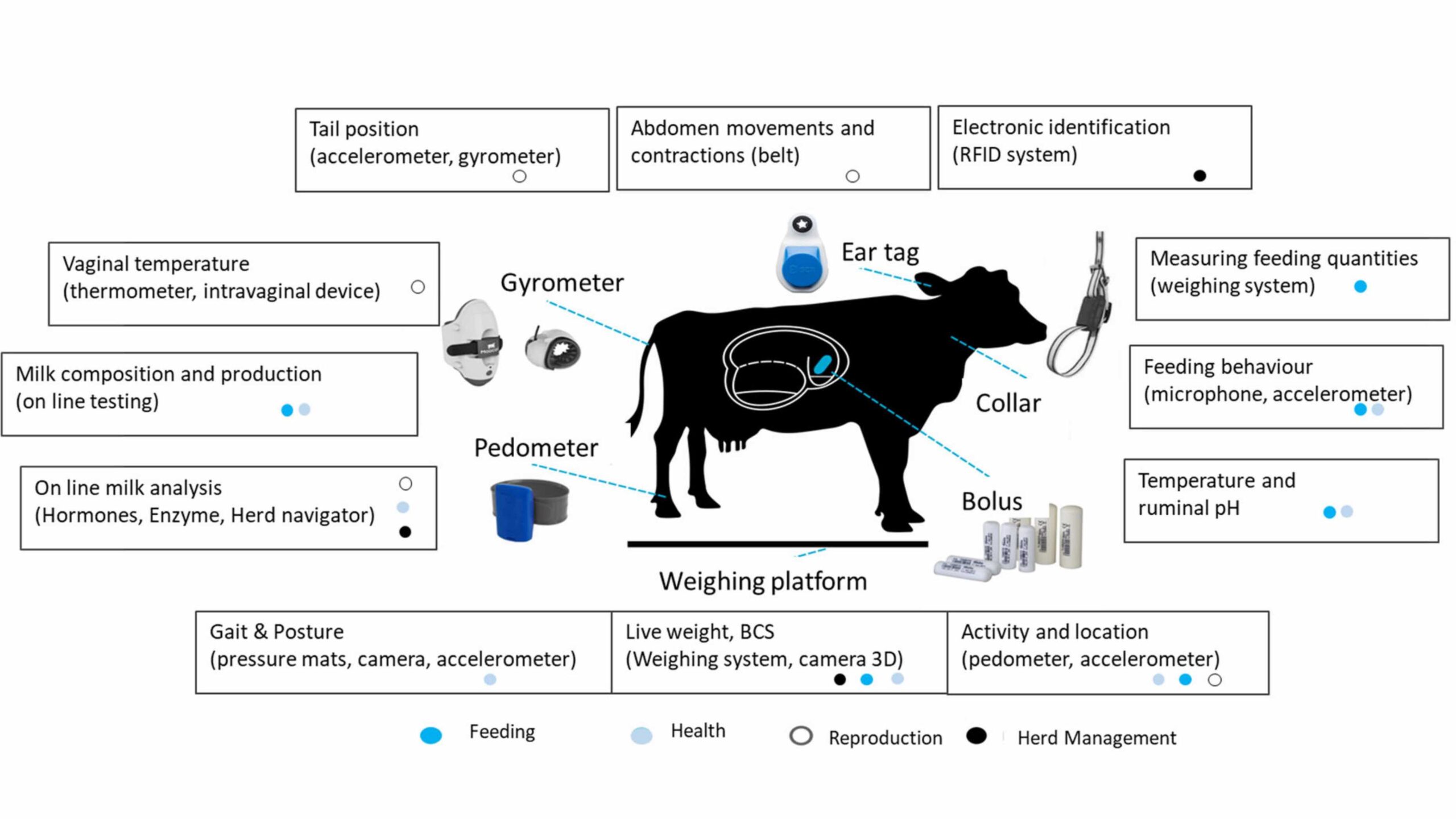Most of the world’s rural households lack the reliable and affordable finance they need to make a living. Smallholder farmers tend to live in remote areas, where retail banking is limited and production risks are high. The recent financial crisis has made it more difficult to gain access to credit and, as a result, hampered poor people’s efforts to improve their livelihoods and food security. Clearly, there is an urgent need to explore innovative approaches to rural and agricultural finance.
To be sure, microcredit has been widely studied. But relatively little is known about the nuts and bolts of expanding access to other forms of rural and agriculture financing. To close this gap IFPRI’s 2020 Vision Initiative asked rural finance experts from the World Bank, development community, and private sector to examine challenges, opportunities, and breakthroughs in providing financial services to rural households.
More information
The challenges include smallholders’ relative lack of formal education and financial literacy, the dominance of subsistence farming, and the unavailability of modern financial instruments–especially those suited to rural customers’ needs and circumstances. Opportunities include emerging communication technologies, which make it easier and cheaper to get information to smallholders and to stay in touch with them. Examples of breakthroughs include weather index-based insurance and microinsurance, which smallholders can use to manage the risks they face.
Fourteen new briefs, assembled under the title Innovations in Rural and Agriculture Finance, provide examples and case studies from African, Asian, and Latin American countries. They highlight the importance of bundling financial services with marketing, extension, and other nonfinancial services as a way to give farmers new opportunities to increase their productivity and incomes. Contributors also emphasize that an enabling policy environment and legal framework, enforcement of rules and regulations, and supportive rural infrastructure are essential for sustainable access to finance.
These briefs, and an accompanying video interview (see below) with one of the lead editors, accompany a previous collection entitled Innovations in Insuring the Poor and released in December 2009.







